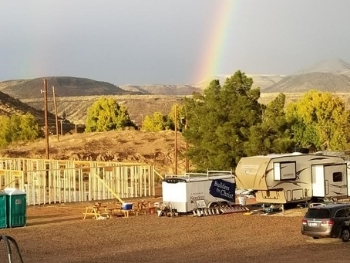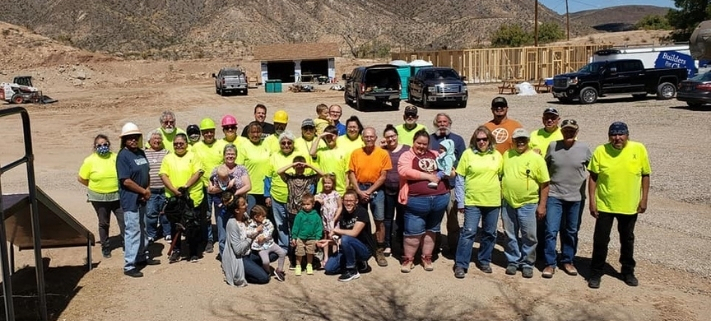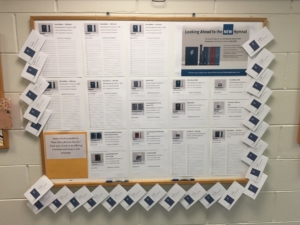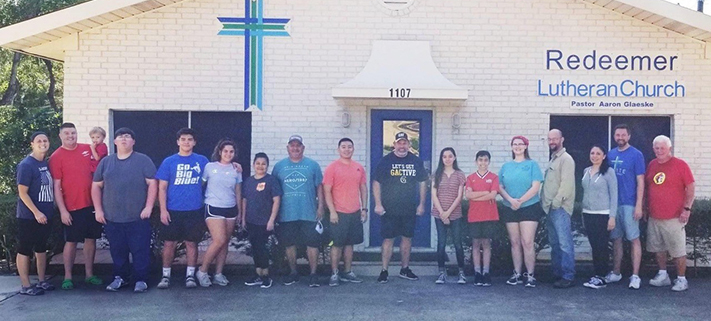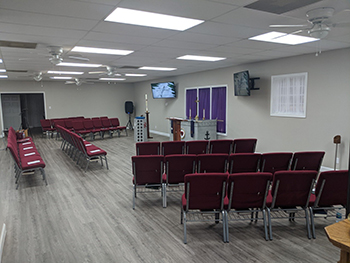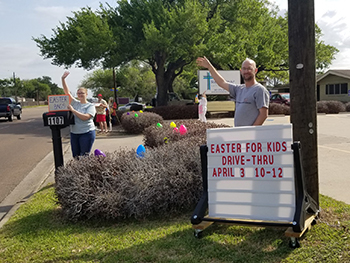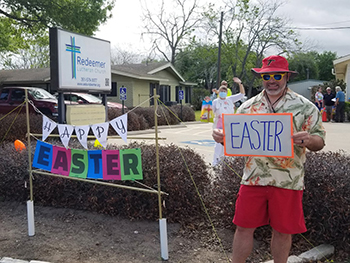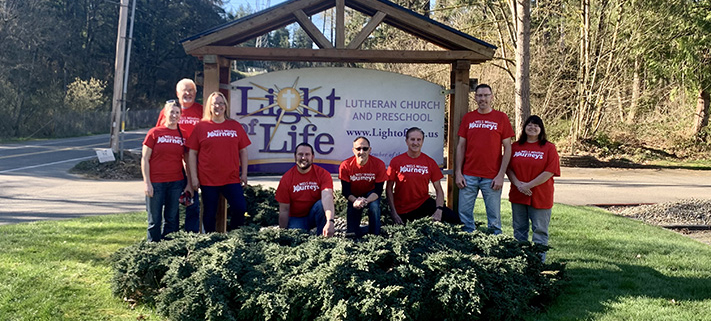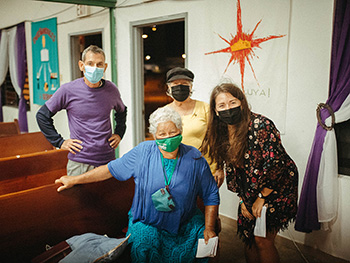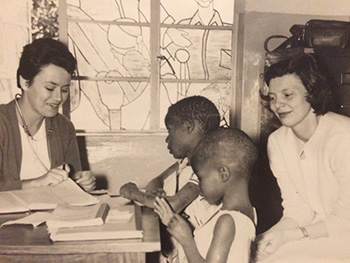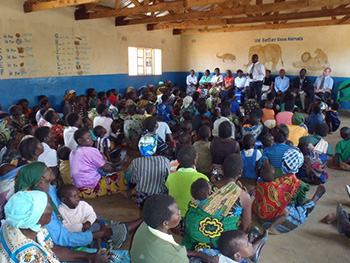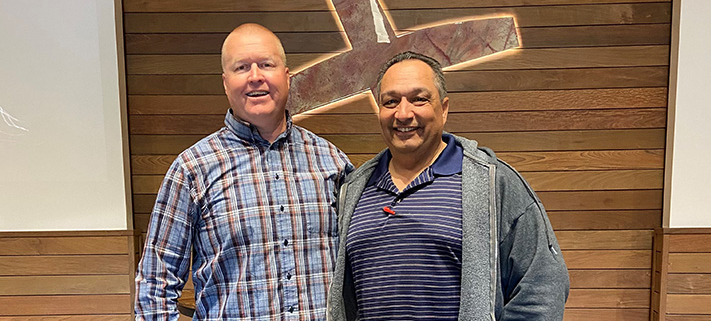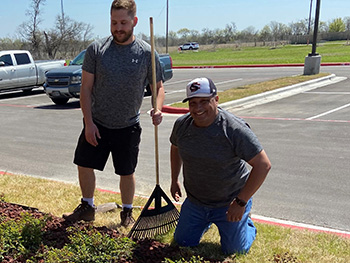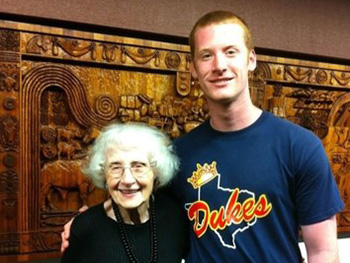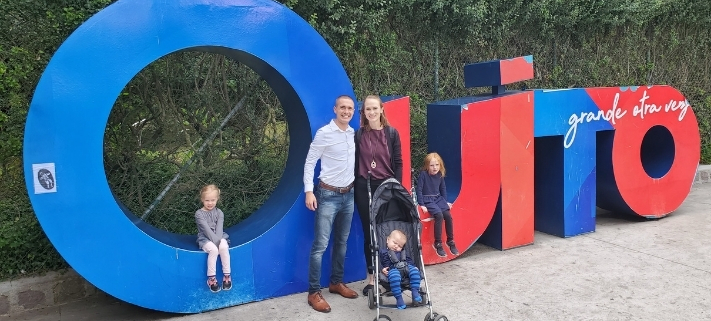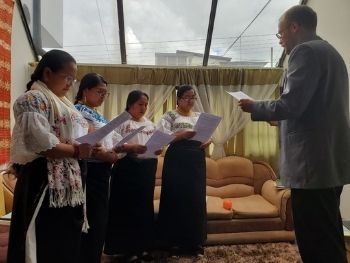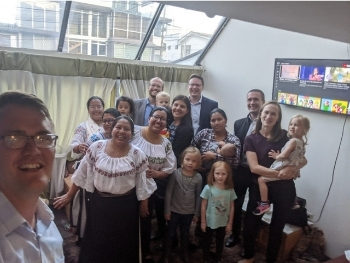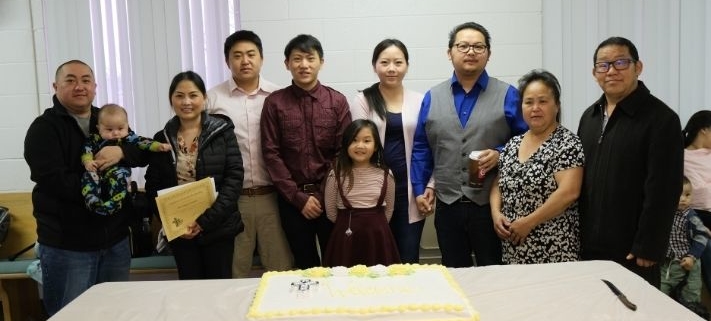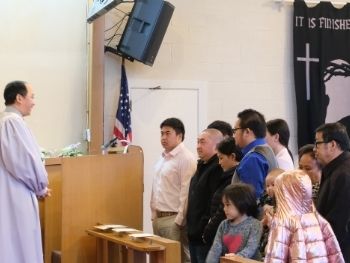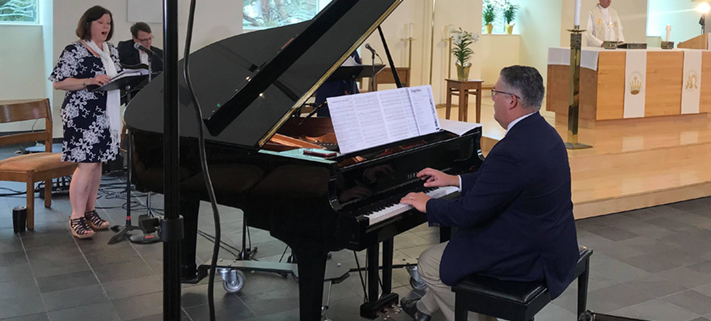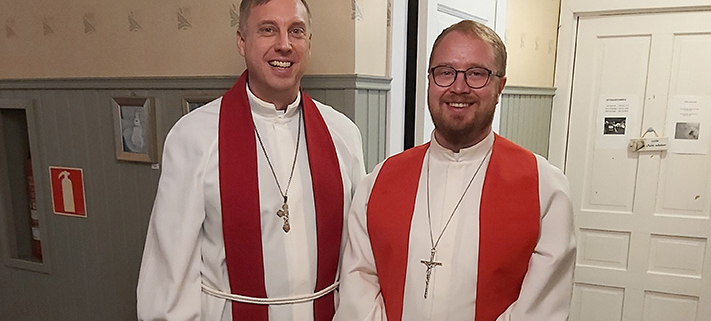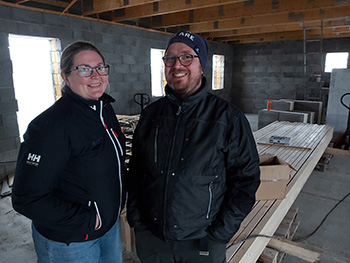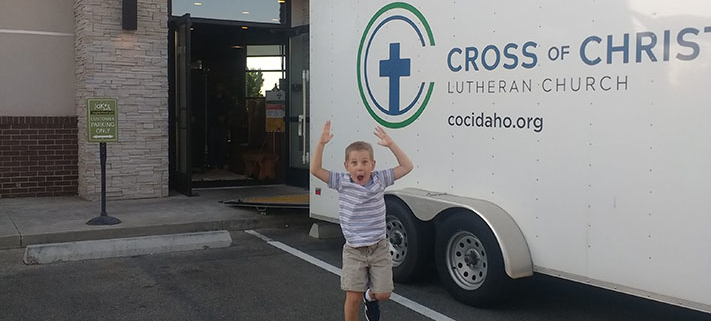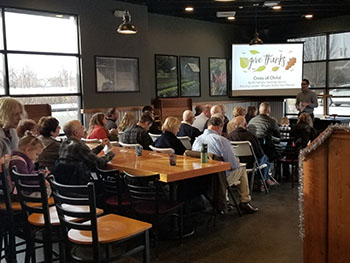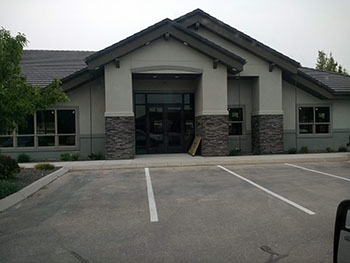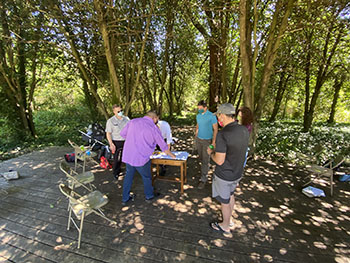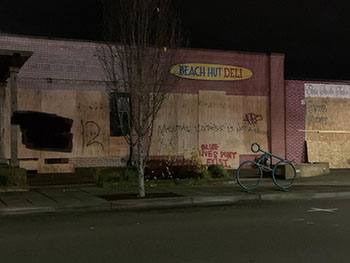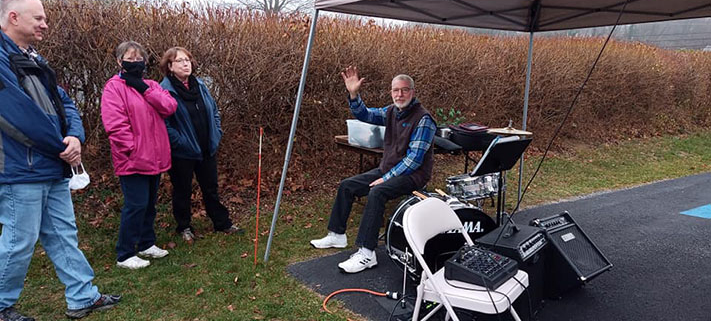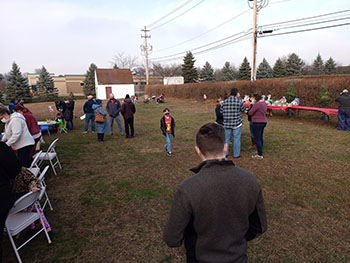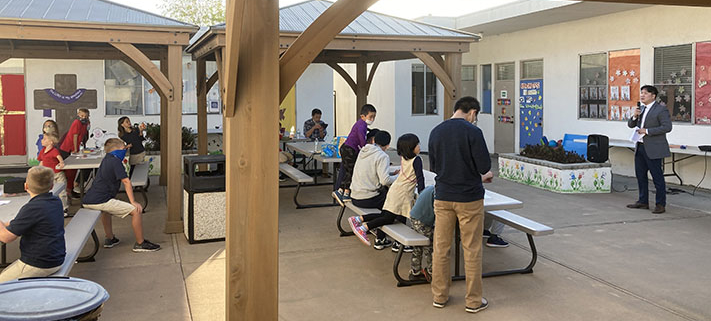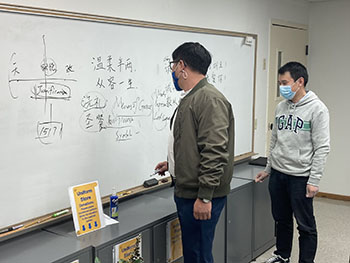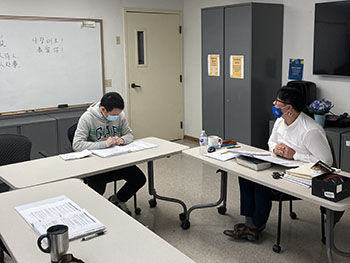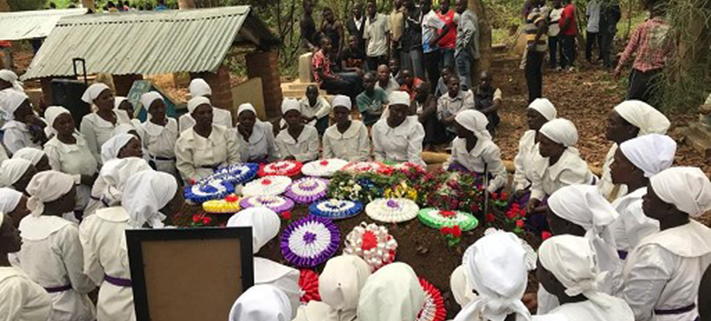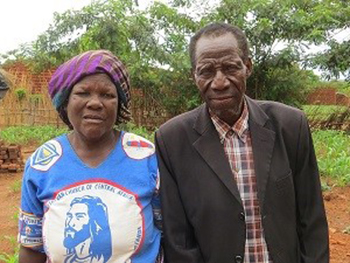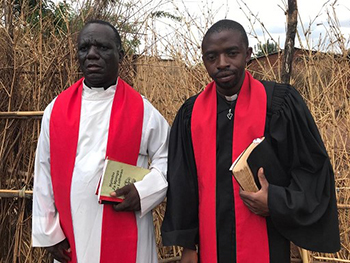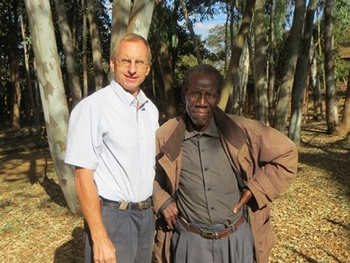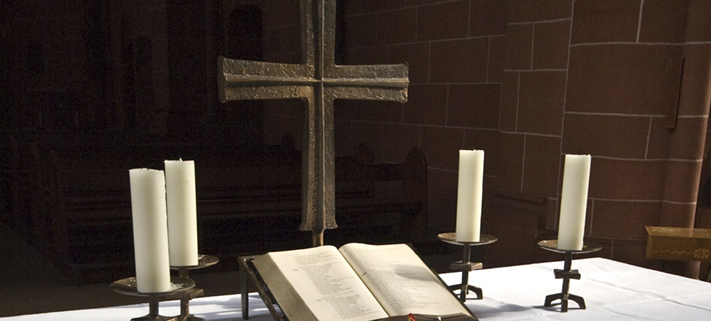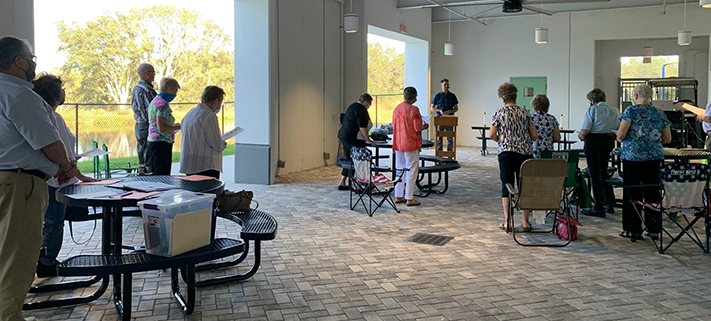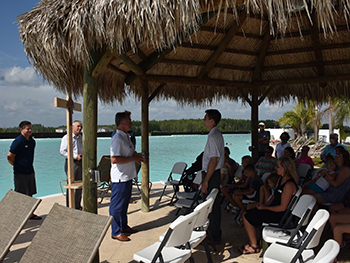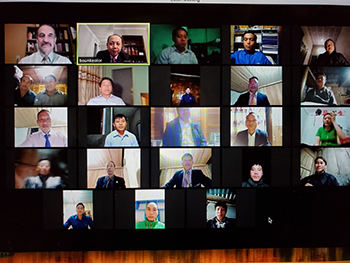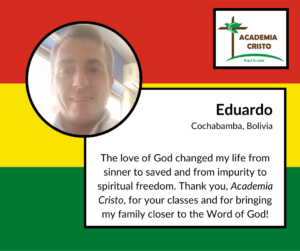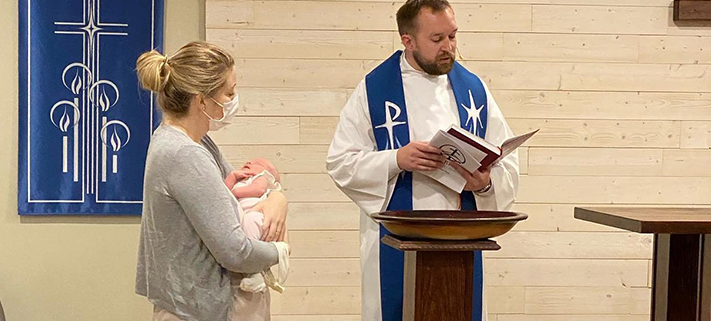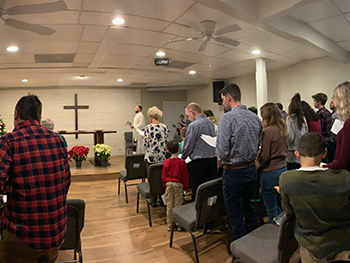You’ve heard that communication is 93% nonverbal. What does this say about sermon delivery? Clearly, we ought to spend way more time than we do in front of our mirrors, and we ought to endure way more agony watching recordings of ourselves. We ought to stop fussing so much over the careful crafting of words.
Why? Because everybody knows that only 7% of communication is verbal, while 38% is vocal, and 55% is facial—this famous breakdown still appears in graduate-level communication textbooks.
Nonsense!
Albert Mehrabian’s study from over fifty years ago was about the interpretation of the emotional state of other people. That’s a crucial distinction. “How are you?” I ask, and in that moment, the language of groans or laughter takes over. If I mean to communicate caring, what I say has to make sense within the total richness of my nonverbal display. Of course.
Our words will not tend to be convincing when our nonverbal cues are pulling in a different direction entirely. Do you believe someone who shouts, “Alright! I’m sorry!” as he slams the door? Not a chance. How about a friend who sighs, “I’m fine,” with her wet eyes glued to the floor?
Somewhere within these commonsense observations hides the fact that sermon delivery is not irrelevant. My preaching is not all it can be if I say that there is joy in knowing Jesus but you never see it in me. Surely, we want to avoid the “performative contradiction” of speaking vital things while the entirety of our person is loudly saying something else. By the help of God, we can do better than that.
Ideals of Sermon Delivery
I once conducted an experiment in which I quoted John 3:16 in six straight sermons. There wasn’t much premeditation. I was just wondering how many Sundays it would take for the words to start to feel tired and overworked. How long before someone would comment, “Really, pastor? Again with John 3:16?” That day never came.
It was something I read in The Normal Christian Life, by Watchman Nee1 and which I have seen since in Kierkegaard’s notion of an “existence communication.” The idea is simply to “be in the words as you say them”—to exist in them. No going on automatic pilot. No having the words just sort of roll off the tongue in a thoughtless recitation. Speak slowly and think deeply about what you are saying.
“For God…so loved…the world…”
This takes a little practice, that is, handling something so familiar in this way. So practice I did.
“…his One and Only Son…that whoever believes in him…will not perish…”
It turns out I overdid it. On Sunday #6, I tried to speak but was completely overwhelmed.
“…but will have eternal life.”
That wasn’t the point. We aren’t going for drama here, nor are we trying to manufacture an affecting display of feeling. All the sincerity in the world adds nothing to the inherent power of the Spirit married to his Word. No, all we are after is simply a genuine communication. I find that being in the words as I say them, for the most part, lets delivery take care of itself.
Being in the words as I say them, for the most part, lets delivery take care of itself.
About sermon delivery in general, Bryan Chapell writes, “Congregations ask no more and expect no less of a preacher than truth expressed in a manner consistent with the personality of the preacher and reflective of the import of the message.”2 Let’s unpack that.
Chapell argues that the “elocution movement,” with its standards for how every speaker should gesture, stand, and sound, has been dead for over a century. The rhetorical style that has long won the day is to “sound like ourselves when we are deeply interested in a subject.”3
I agree. As you deliver your message, work within your own personality—“you do you”—but show us the man who is captivated by the cross. Show us that version of you, the one who is entirely invested in what you are saying, transparently affected by it. It means the world to you. As I wrote earlier, we can tell that you are being put back together by the News you deliver.
“For God…so loved…the world…”
I tell my eager students in their introduction to homiletics: “Show me that guy!” And they do. Brothers, you would be delighted to see it.
I remember one of my favorite preachers, a beloved seminary professor, who would scarcely move a muscle when he preached. He worked within a personality that was both brilliant and unassuming. He quite simply let the words do all the work. There is much to commend that.
However, that may be overstated. Just as you “cannot not communicate,”4 a preacher cannot not have a delivery. The content of his sermons was so rich and pitched so steeply that it required expert inflection to make his meaning transparently clear and the pausing of a seasoned veteran to give his words room to play on our minds. If you knew the man, you would not want him to do it any other way.
The best delivery calls little attention to itself. What we hope for is that, as the power of Christ rests on faithful proclamation, people are hanging on the words. Whatever spell we may cast in our preaching can be broken by a distracting mannerism or unnatural modulation as people wake up to the fact that, “Oh that’s right, I’m listening to a sermon.” Pray God they hardly notice us at all.
The best delivery calls little attention to itself.
“Working within our own personalities” will have as many looks as there are preachers, and I can think of plenty of good men for whom “not moving a muscle” in their delivery would itself be a strange attention-arresting choice.
At any rate, the small attention we are here paying to issues in communication can, I hope, be justified by an observation our fathers made. People don’t only receive the Word of God spiritually, that is, through the ministrations of the Spirit working through his Word. People also receive the Word of God psychologically. That is to say: a whole array of human processes is involved with all communication, and those don’t somehow cease to function because we happen to be communicating God’s Word.5
Our preaching needs to be heard, understood, attended to, and held. And we can certainly stand in the way by violating the expectations of the moment or by contradicting the what of our communication by our how.
People also receive the Word of God psychologically.
After all, the fact that we “cannot not communicate” means that our nonverbal communication flows in a steady, unstoppable stream, one you cannot be thinking about all the time. We make more or less constant commentary on who and what matters, and it is mostly unintentional. This means that “communication leakage” is likely happening. In other words, we may need to do a gut check. What do we actually feel about the people we speak to, about the undeserved privilege of the moment, and about the things that we trying to put into words? Because, so goes the theory, all this will leak out of us.
People will see us. In the long run, people will know.
I hope that one humble article in Preach the Word is not too much emphasis to place on striving to have our delivery pulling in the same direction as our content—“For God so loved the world…”—and to have our whole person contribute a loud “Amen!”
So say my face, my eyes, my voice, my very body:
“This matters! And so, people of God, do you.”
How to Read the Written Word
The Church has a stewardship of the spoken Word. We Christians still attend to sacred words on a page that are allowed to animate a human voice and are given room to charge with holiness the physical spaces in which we gather. It is a seminal moment, this opening of a Bible, this “Hear, now, the Word of the Lord.” It is one of those key features in the life of a congregation when our hard-won means of grace theology becomes actual in our midst.
That happens as we bring our whole selves to the act, and when we linger over the assigned readings for the day. The thought and care we give to the public reading of the Scriptures—or don’t—is revealing us.
If people are pretty sure they are seeing us read a biblical excerpt for the first time as we stand before them, what does that say? What communication would be leaking out of us if we start our sermons by reading our text out of a Bible and then ceremoniously tuck the thing away? Holy Scripture was the prelude; now for the main event? Here’s another gut check: how, in our heart of hearts, do we really feel about the words of God versus our own? Are our words—are we?—the bright star on the homiletical stage? God forbid. What a humble, glorious activity it is:
“Devote yourselves to the public reading of Scripture…” (1 Timothy 4:13).
Be in the words as you read them, and you will not say without inflection or pause: “Many will come in my name, saying, ‘I am the Christ,’ and will deceive many people” (Matthew 24:5). Have a downward sentence-ending inflection on the word “Christ” and then a healthy pause, or you risk distorting the meaning entirely.6
Be in the words as you say them, and you will perhaps not emphasize the word “and” when you speak the invocation—“…AND of the Son, AND of the Holy Spirit”—but instead the thrice-holy name of the Triune God.7
Think of what you are saying—here’s a pet peeve—and we won’t suffer the annoyance of, “On the third day, Christ rose AGAIN.”
Let’s return to the positive, better, to the joy. Take a closer look at that gorgeous paragraph from Jesus that begins, “In my Father’s house are many rooms…” (John 14:2) Sense the fresh way it can strike the heart when, on the basis of close reading and a robust understanding, you realize you want to change up the inflection and pace in ways you haven’t heard done before.
Which word or words will you inflect in the phrase, “In my Father’s house?” A weighty question, don’t you think? Can you make a good decision on the fly? I don’t think so. With a little preparation you will know to have Jesus answer the question of Thomas, “How can we follow when we do not know the way?” with a well-inflected “I” as in, “I am the Way (long pause) and the TRUTH (inflect this as a new thought and pause) and the LIFE (inflect and pause)” (John 14:6).
Which words will we inflect? Well, which words are being contrasted, such as “flesh” and “spirit” in Romans 8? What new thought is being introduced? What wordings, such as “and IF I go and prepare a place for you,” are a repetition and therefore can be read more quickly so as to get to the reason for the sentence?
I. Will. Come. Back.
Think about those words as you lock eyes with the weary and the anxious. I dare you.
The Particulars
I mentioned earlier that delivery can, for the most part, take care of itself. When we are in command of our message, preaching can be an authentic communication that is to die for. If the first time we preached we saw before us only that unpleasant phenomenon of a sea of “resting faces,” you have learned with experience how much more than that is going on. Beautiful, honest, urgent things pass between the under-shepherd and his flock if he can only be enough in the moment to receive them.
The reason I say “for the most part” is that a little further study of sermon delivery may reveal areas in which our instincts are not perfectly informed. We can still grow.
I recently had Jason Teteak, author of Rule the Room, in the class in which I introduce homiletics to future pastors. To say the least, he raised the bar. I recommend his book. It emerged out of his analysis of thousands of speeches. Having given little thought to my own delivery for decades, the experience was good for me.
Can you make a good decision on the fly? I don’t think so.
I learned that I need to close my mouth when not speaking. Didn’t know that. I learned that to raise my voice to unnatural levels is not as effective as speaking with quiet intensity (as much as a sound system allows). I learned that inflecting upward conveys excitement, but at the end of a sentence, it can convey far less credibility and conviction than a downward inflection does. I’ve learned that the whole range of vocal variety—thoughtful changes in tone, pace, volume, inflection—can be part of the ways I hold attention or regain it for the highest moments in my sermon. These are non-discursive symbols that do not translate into words but, instead, are felt as qualities. I’m learning not to fill in my pregnant pauses with vocal noises—I’m trying to empty them of “ums” and “ahs.” Again, good things happen in the silent spaces we create.
I learned that there are four rhetorical styles that can characterize a preacher—his sweet spot—and that there are risks involved with emulating someone if it’s just not who we are.8
I’ve learned to ask myself, “What do I want my listeners to feel in this moment?” Rather than merely perform that emotion, the thing is to actually feel and display that very thing on my face. I’ve learned what to do with my hands if I am not a “hand talker.” I’ll find a comfortable default position in which to rest my hands, and then I’ll scour my manuscript to create a few meaningful gestures to go with various wordings and which will enhance a few of my most important thoughts. Less is more.
I’ll scour my manuscript to create a few meaningful gestures to go with various wordings.
I’ve learned about “targeted” movements, gestures, and facial expressions that are an additional way to bring attention to specific words or phrases. I’ve learned about dividing the space into which I’m speaking into a grid of nine quadrants and randomly spread my attention around with a few seconds in each at a time. I try not to leave any part of the room out so that I am not saying, ‘The love of God is for all of you…especially those of you on my right where I am always turned.” I’m learning to meet eyes in a Goldilocks moment of a little under a second—not too little, not too much.
I think about these things a bit as I write and prepare. Then I set them aside.
Lord, help me forget myself.
A Rare Both/And
Some of us are gentle. Some of us are bold. We tend to lean one way or another. In a term from Timothy Keller’s book, Preaching, we strive to preach with “warmth and force” as qualities that combine uniquely in the character of Jesus.
We do not hide that we are weak or decorate our jars of clay. We have taken the disappointing journey inside. This informs our gentle humility and fuels all our compassion. We know what sin is—people can tell that, too. We can dare to be sinners.
And we rise with power and authority on loan from God. We stand up with things to say before which queens and kings ought to bend their knees. We pour our treasure out.
Conclusion
I am fascinated by the way nonverbals cues and channels intersect with spoken words. What if we heard Jesus say, “No servant is greater than his Master,” but never saw him on his knees washing the feet of his friends? Would we understand? John comments, “He now showed them the full extent of his love” (John 13:2).
He showed them.
“Father, if you are willing, take this cup from me!” (Luke 22:42) What if you only heard the words but did not see him fall. Meanings leak out of him like great drops of blood.
Later on, he said to Thomas, “Put your finger here; see my hands. Reach your hand and put it into my side. Stop doubting and believe” (John 20:27).
My Lord, how you speak with your hands! My God, the body language of the Word made flesh!
The Gospel writers saw significance in dozens of nonverbal cues in the life of Christ: the touching of the leper, the drawing in the sand, the loud cry from the cross, the frying of fish on the shore—all the beautiful ways he delivers his lines. He came to join with us in the full richness of human connection and to fully share in our human stuff.
These cues accumulate in a thing we find convincing, by the grace of God. They accent the words that overwhelm.
“For God so loved the world…”
Written by Mark Paustian
Dr. Paustian is a professor of communication and biblical Hebrew at Martin Luther College where he teaches “Advanced Christian Rhetoric” which combines an introduction to homiletics and an introduction to apologetics in one course. He holds a PhD in Communication from Regent University.
1 Watchman Nee was a prominent figure in the house-church movement in China.
2 Christ-Centered Preaching. Baker, 2005, 329.
3 ibid.
4 This is a famous contribution from Paul Watzlawick.
5 On this point see Jon Hein, “Treasures in Jars of Clay: The Synergy Between the Instrumental and Ministerial Causes in God’s Plan of Salvation” at essays.wisluthsem.org.
6 See How to Speak the Written Word by Nedra Newkirk Lamar (Revell, 1967) for guidance on pause and inflection as an aid to understanding the spoken Word.
7 This is a soft example. It is not to suggest that the “and” is not meaningful. Try it both ways and see if you don’t agree.
8 See Jason Teteak’s Rule the Room (Morgan James, 2014) for more information.
Learn about how WELS is assisting congregations by encouraging worship that glorifies God and proclaims Christ’s love.
WELS Commission on Worship provides resources for individuals and families nationwide. Consider supporting these ministries with your prayers and gifts.
[fbcomments num=”5″]
